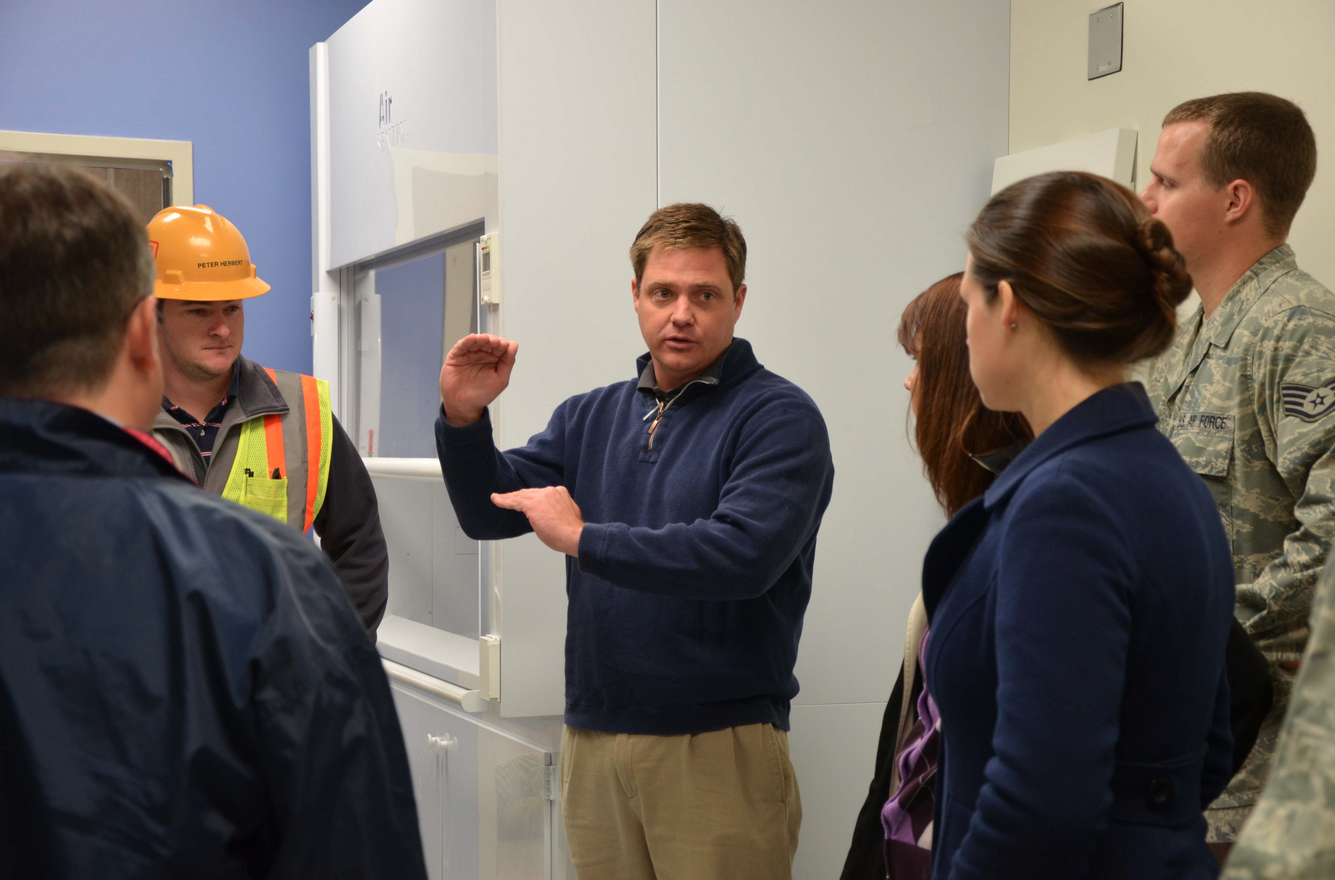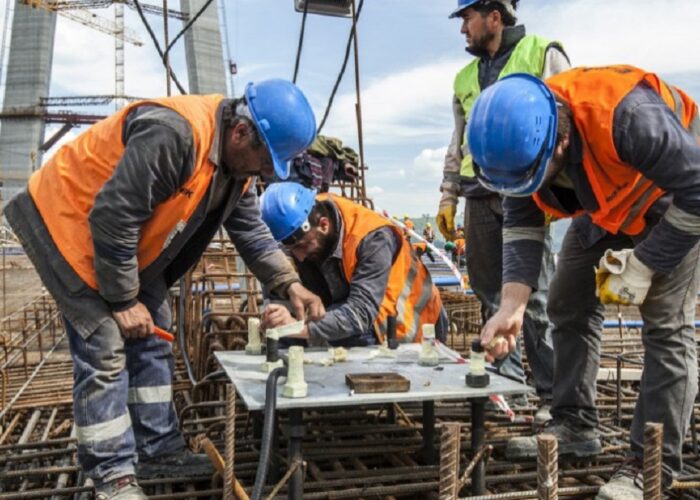Risks are an inherent part of construction projects. From cost overruns and unexpected delays to safety mishaps, the potential of risk can turn plans upside down. But the good news is that these risks don’t have to control your project. When you know how to manage them effectively, you can then easily protect your timeline, budget, and reputation.
In this blog, you’ll discover five crucial steps to mitigate risks in your construction projects. Let’s dive right in.
- Conduct a Comprehensive Risk Assessment
Your first line of defense is a thorough risk assessment. Think of it like a magnifying glass that highlights potential trouble spots before they become actual problems. Start by examining every detail—site conditions, material sources, labor availability, equipment reliability.
Suppose you’re building a high-rise in a crowded city. You might find that transporting materials through narrow streets during peak hours could delay your project. What’s your move? Plan for late-night deliveries. Secure permits for temporary road closures. The key is to anticipate the challenges so you can outmaneuver them.
Don’t stop there. Consider the less obvious risks too. Maybe the local community is concerned about noise or dust. Engage them early on through partnering. Hold town hall meetings. Listen and adjust. Maybe you change the work hours or add more dust control measures. Suddenly, a risk becomes an opportunity. An opportunity to build trust and win allies. And when the community is on your side, you’re already a step ahead.
- Develop a Detailed Risk Management Plan
Identifying risks is just the beginning. Now, you need a game plan. A robust risk management plan spells out exactly who handles what risk, what actions to take when a risk surfaces, and how to monitor these risks continuously. Picture this: your project is in a flood-prone area. What’s your strategy? You might elevate the site, set up emergency drainage, or even plan for work stoppages during severe weather. And you don’t just jot this down and forget it. Make it an integral part of your daily routine.
But a plan is only as good as its execution. Hold regular meetings. Review potential risks. Discuss what’s new. Tweak your strategies. Get your whole team involved—from the project manager down to the newest site worker. Everyone should know the drill. When risks do arise, your team moves like a well-oiled machine. No hesitation. No confusion. Just action.

- Implement Strong Contractual Risk Transfers
Sometimes, the best way to manage risk is to shift it. That’s where contracts come into play. Think of them as your safety net. Your contracts should be crystal clear about who does what, when it’s due, and what happens if things go south. Imagine you’re bringing in a subcontractor for specialized work—say, electrical wiring. Your contract should outline that they’re responsible for all safety protocols, deadlines, and any rework if standards aren’t met. You’ve just transferred a chunk of risk away from you.
Go further. Match your insurance requirements to the level of risk. A contractor handling a crane? They need more coverage than someone painting walls. This isn’t just paperwork. It’s peace of mind. And when everyone knows the stakes, they’re more likely to play it safe and keep everything running smoothly.
- Leverage Technology for Real-Time Monitoring and Predictive Analytics
Why fly blind when technology can give you a clear view? Gone are the days of relying solely on instinct and experience. Now, you can use real-time monitoring tools and predictive analytics to stay ahead. Enter Building Information Modeling (BIM). With BIM, you can visualize how different parts of your project interact. You might discover that an HVAC duct clashes with planned plumbing. Fix it on the computer screen, not on-site. That’s money and time saved.
Then, there’s predictive analytics. These tools dig through past data to forecast potential delays or supply chain hiccups. For instance, if the software predicts a 70% chance of rain for three straight weeks, you can arrange for indoor work during that time. Or you might line up an alternate supplier if your primary one shows signs of trouble. This kind of foresight keeps your project on track, no matter what curveballs get thrown your way.
- Foster a Safety-First Culture On-Site
If there is one thing that you must know about then it is that safety isn’t just a checkbox on some compliance form. It is rather the backbone of your entire project. Just think about it! Falls, equipment mishaps, and electrical hazards are just a few of the risks that can derail progress in your entire project. They can even derail the entire budget of your work. You won’t want that right? It is due to this that you need a well-crafted safety culture that goes beyond mere rules. But how can you do that? You will need to start working on the safety mindset of your employees.
Make safety reporting a badge of honor, not a burden. Hold safety drills. Equip your team with smart tech like wearables that alert them when they’re in a high-risk area. When everyone knows safety isn’t just about avoiding fines then it will mean that you’ve created a culture where safety and productivity go hand-in-hand.
Conclusion
When you master risk mitigation, you turn potential obstacles into stepping stones for project success. It’s about looking ahead, planning smart, and acting fast. Keep these five steps at the forefront, and you’ll navigate your construction project with confidence and clarity.
If you are looking for a company that can help you with Caltrans partnering then you may contact us and we will guide you in your construction project.



